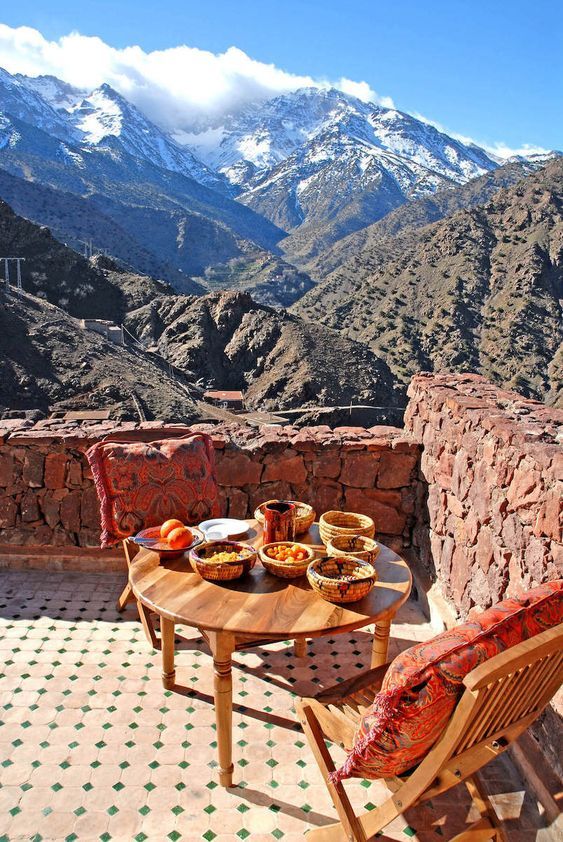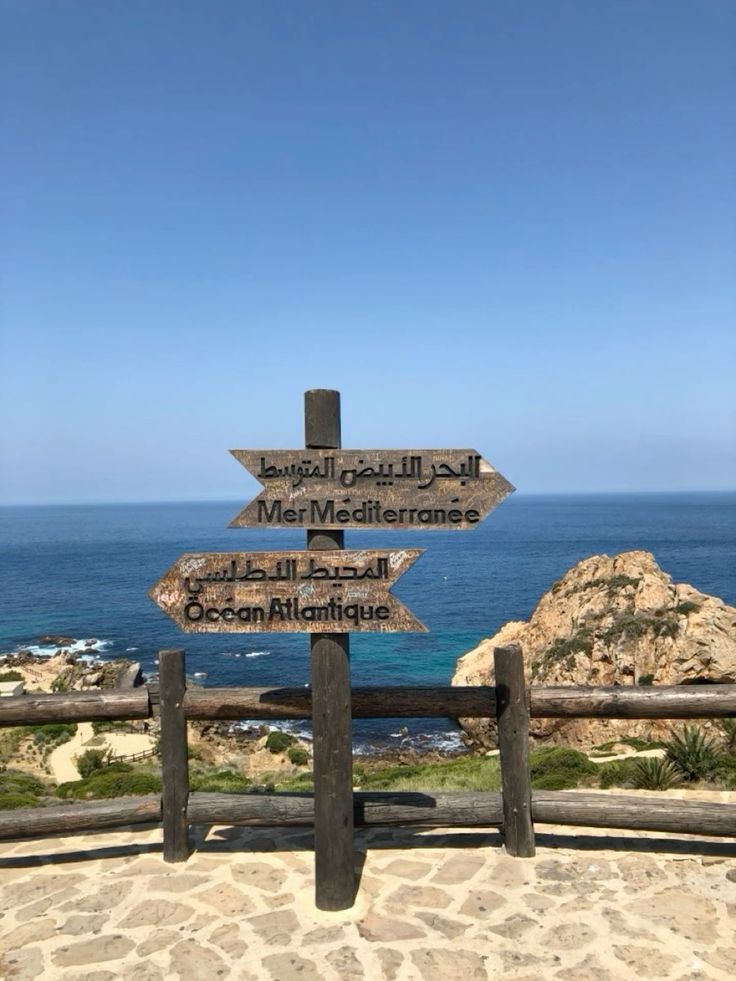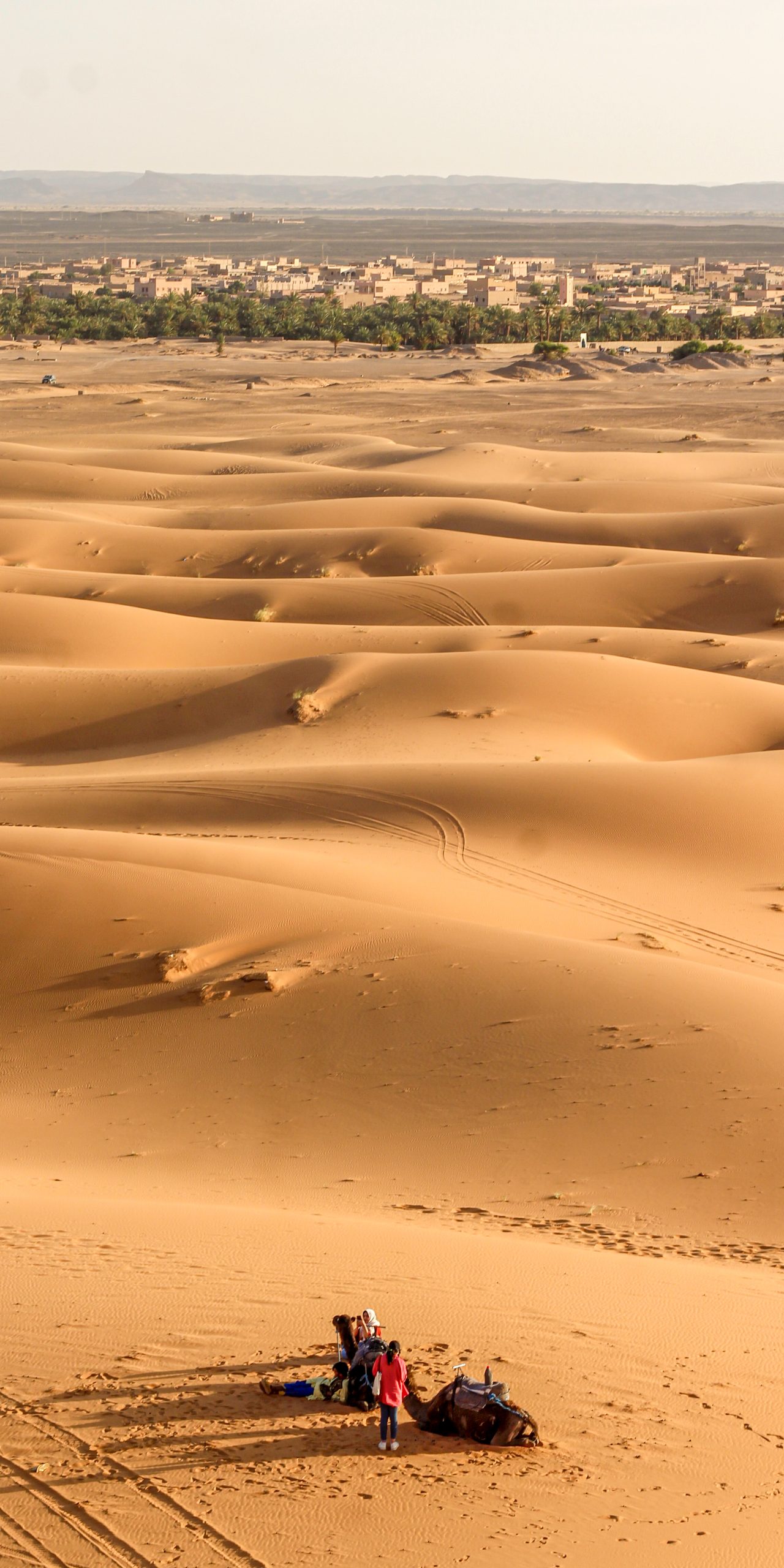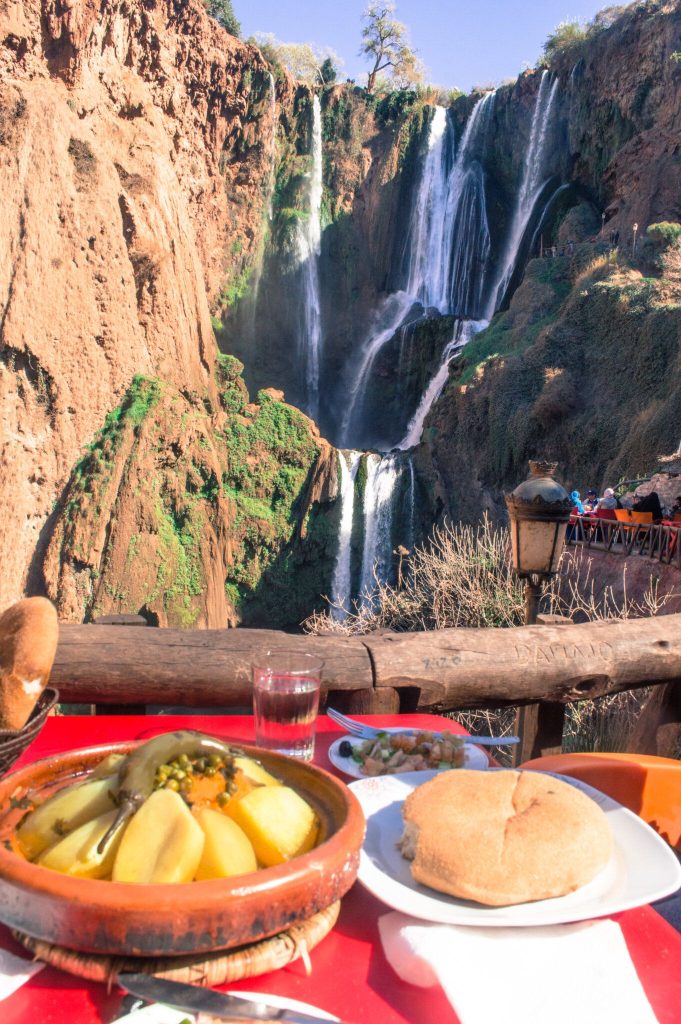Authentic Moroccan Cuisine
The Rich Tapestry of Moroccan Cuisine
Travel in Morocco with Your Trusted Travel Partner in the Heart Of Morocco
Table of Contents
ToggleMorocco is a land of vibrant culture, breathtaking landscapes, and unmatched hospitality. Yet, beyond its colorful souks and majestic mountains lies another treasure: its extraordinary cuisine. A cuisine that doesn’t just satisfy hunger but ignites the senses, blending the best of Mediterranean, Arabic, Berber, and Andalusian influences into a culinary symphony. If you’re eager to explore a world where every bite tells a story, then buckle up, because authentic Moroccan cuisine is a journey you won’t soon forget.
Whether you’re a daring foodie or a home cook yearning to spice up your kitchen, Moroccan cuisine invites you to dive headfirst into its flavorful depths. Ready? Let’s peel back the layers of this culinary marvel, from its must-have ingredients to its most cherished dishes, each one steeped in culture and tradition.

Authentic and Immersive Local Tours -

Embark on an authentic Vacation in morocco with a nomadic experience in the Sahara Desert.

What Sets Moroccan Cuisine Apart?
A Mosaic of Cultures and Flavors
Moroccan cuisine is a living tapestry, woven from the threads of history. Imagine the culinary crossroads of the Mediterranean, Sub-Saharan Africa, and the Middle East—all converging in one kitchen. It’s this intricate fusion that gives Moroccan dishes their unmistakable character, a delicate dance between sweet, savory, and spicy that leaves your palate intrigued and craving more.
Core Ingredients: The Heartbeat of Moroccan Dishes
The essence of Moroccan cooking lies in a few key ingredients, each one a tribute to the country’s rich agricultural heritage. Let’s uncover these cornerstones:
Spices: Step into a Moroccan kitchen, and you’re instantly enveloped in a cloud of aromatic spices. Cumin, coriander, saffron, turmeric, cinnamon, and paprika reign supreme here, often mingling in the iconic ras el hanout—a spice blend so complex, it’s practically an art form.
Couscous: Ah, couscous—the soul of Moroccan dining. This versatile grain isn’t just a side dish; it’s a foundation. Steamed to fluffy perfection, couscous is the canvas on which stews and grilled meats are artfully displayed.
Preserved Lemons: Sharp, tangy, and oh-so-distinctive, preserved lemons are the secret weapon in many a Moroccan tagine or salad.
Olives and Olive Oil: With Morocco ranking among the world’s top olive producers, it’s no surprise these briny gems are everywhere, adding depth and contrast to the rich, flavorful dishes.
Dried Fruits and Nuts: Almonds, dates, raisins, apricots—these jewels of sweetness find their way into everything from stews to pastries, providing texture and a hint of luxury.

The Craft of Moroccan Cooking
But Moroccan cuisine isn’t just about ingredients; it’s a testament to time-honored techniques. Imagine a meal slow-cooked to perfection, where flavors meld into something greater than the sum of their parts. At the heart of this process lies the tagine—a conical clay pot that not only cooks but transforms. By trapping steam and returning it to the dish, the tagine ensures every morsel of meat is tender, every bite brimming with flavor.
Dishes You Simply Can’t Miss
- Tagine: The Crown Jewel of Moroccan Cuisine
Tagine—it’s more than just a dish; it’s an experience. Whether it’s lamb, chicken, or beef, slow-cooked with a medley of vegetables, dried fruits, and a cascade of spices, every tagine tells a tale. Take, for example, the Chicken Tagine with Preserved Lemons and Olives. Here, the savory meets the tangy, and the result? A harmony that’s quintessentially Moroccan. And let’s not forget the Lamb Tagine with Prunes, where rich, tender meat meets the sweetness of prunes in a dance of contrasting flavors.
- Couscous: The Pillar of Moroccan Dining
In Morocco, couscous isn’t just food; it’s a tradition. Especially on Fridays, when families gather around steaming bowls of Couscous with Seven Vegetables. The grain is light, fluffy, and paired with a stew of seasonal vegetables and chickpeas, with just a whisper of harissa for that perfect kick. Then there’s the Couscous Royal—a feast where lamb, chicken, and merguez sausages come together in a carnivore’s dream.
- Harira: The Comforting Classic
Harira—comfort in a bowl. Traditionally breaking the fast during Ramadan, this hearty soup is a year-round favorite. Tomatoes, lentils, chickpeas, and lamb come together in a rich broth, spiced with ginger, cinnamon, and saffron. Pair it with dates and Chebakia, and you’ve got a meal that warms both body and soul.
- Pastilla: The Sweet-Savory Symphony
Pastilla is a pie like no other. It’s sweet. It’s savory. It’s Moroccan in every sense. Pigeon, or more commonly chicken, is spiced with cinnamon and almonds, all wrapped in delicate warqa pastry, and then—surprise!—dusted with powdered sugar. It’s a dish that confounds expectations and delights the palate. For a coastal twist, try the Seafood Pastilla, where shrimp, calamari, and fish come together in a maritime masterpiece.
The Cultural Soul of Moroccan Cuisine
Moroccan food is more than sustenance—it’s a reflection of the country’s soul. Meals are communal, served on large platters and enjoyed with hands, reinforcing the importance of family and community. Moroccan hospitality is legendary, and food is the medium through which it is expressed, whether in everyday gatherings or during special religious celebrations.
The Ritual of Tea: An Emblem of Moroccan Hospitality
Finally, no exploration of Moroccan cuisine is complete without a nod to Moroccan mint tea. More than just a drink, it’s a symbol of friendship and hospitality. Prepared with green tea leaves, fresh mint, and a generous helping of sugar, this tea is poured from a height, creating a frothy crown. The art of serving tea is a tradition unto itself, often accompanied by an array of delicate pastries like Kaab el Ghazal (gazelle horns) or Ghriba (almond cookies).
Conclusion: Savoring the Essence of Morocco
Authentic Moroccan cuisine is a feast for the senses—a culinary adventure where every dish is a doorway into Morocco’s diverse cultural heritage. Whether it’s the slow-simmered warmth of a tagine, the fragrant comfort of couscous, or the unexpected delight of pastilla, each bite is a chapter in the story of Morocco.
